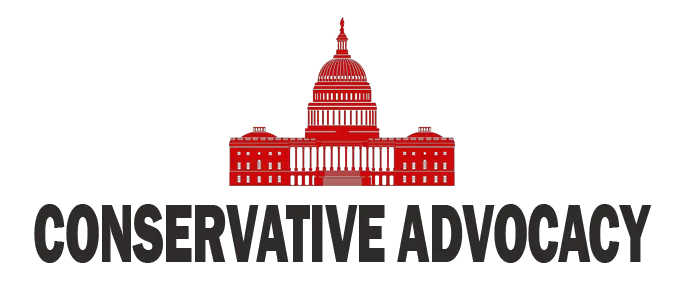In recent diplomatic discussions, President Trump has ramped up his rhetoric against Russian President Vladimir Putin, signaling a more aggressive stance on the ongoing conflict in Ukraine. This evolving position has drawn attention for being perhaps the most direct challenge to Putin to date, with Trump hinting at imposing stricter sanctions that could potentially cripple Russia’s military operations. Many supporters of Trump believe that by applying secondary sanctions on countries like India and China, which continue to do business with Russia, the flow of resources fueling the Russian war machine could be significantly diminished.
The backdrop to this diplomatic dance is a noteworthy meeting between President Trump and Ukrainian President Volodymyr Zelenskyy at St. Peter’s Basilica. This setting, known for its tranquility compared to the usual bustle of politics, allowed the two leaders to discuss sensitive matters privately, something that was not possible during previous, more publicized meetings. Observers noted that this informal approach seemed to yield productive discussions, bolstering hope for a potential resolution that favors Ukraine without compromising its sovereignty.
As discussions progress, the political landscape in the U.S. is also shifting. More Republican senators are stepping up, calling for tougher measures against Russia. Senator Chuck Grassley has voiced his concerns over the ongoing violence against innocent Ukrainians, urging Trump to take robust action against Putin. This sentiment reflects a larger Republican base that desires an end to the conflict, but not at the expense of Ukraine’s territorial integrity. For these conservatives, the term “peace at any cost” simply doesn’t cut it; they want peace achieved on terms favorable to Ukraine.
Trump’s recent communications also hinted at what he considers “concessions” from Russia, claiming that Moscow would not take complete control over Ukraine. However, experts remain skeptical, suggesting that Russia’s goals extend beyond merely refraining from total occupation. Instead, they argue that it is crucial for any agreement to require Russia to relinquish territories acquired through dubious methods, such as rigged referendums. Additionally, monitoring peace terms with the introduction of European troops could ensure compliance from Russia, further safeguarding Ukrainian interests.
While the diplomatic focus on Ukraine intensifies, there are also concerns regarding Iran’s engagement with the U.S. Over the years, negotiations with Iran have proven challenging, with history showing that lengthy talks don’t always result in favorable outcomes. Observers worry that the current approach might mirror previous strategies that fell short of dismantling Iran’s nuclear ambitions. In the backdrop, Trump’s commitment to securing a complete halt to Iran’s nuclear developments may signal a tougher line moving forward, as he enlists experts to strengthen the U.S. negotiating position. However, whether this new direction will lead to meaningful progress is still up in the air.
In conclusion, as President Trump takes a firmer stance against Putin and considers new diplomatic strategies with Iran, the landscape is shifting both internationally and domestically. Republican leaders are making their voices heard, pushing for a strong response to aggression, while the American public watches closely. Whether these moves will lead to lasting peace in Ukraine or a resolution to Iran’s nuclear aspirations remains to be seen, but one thing is clear—politics on this stage are anything but simple, blending historical patterns with hopes for a more stable future.




